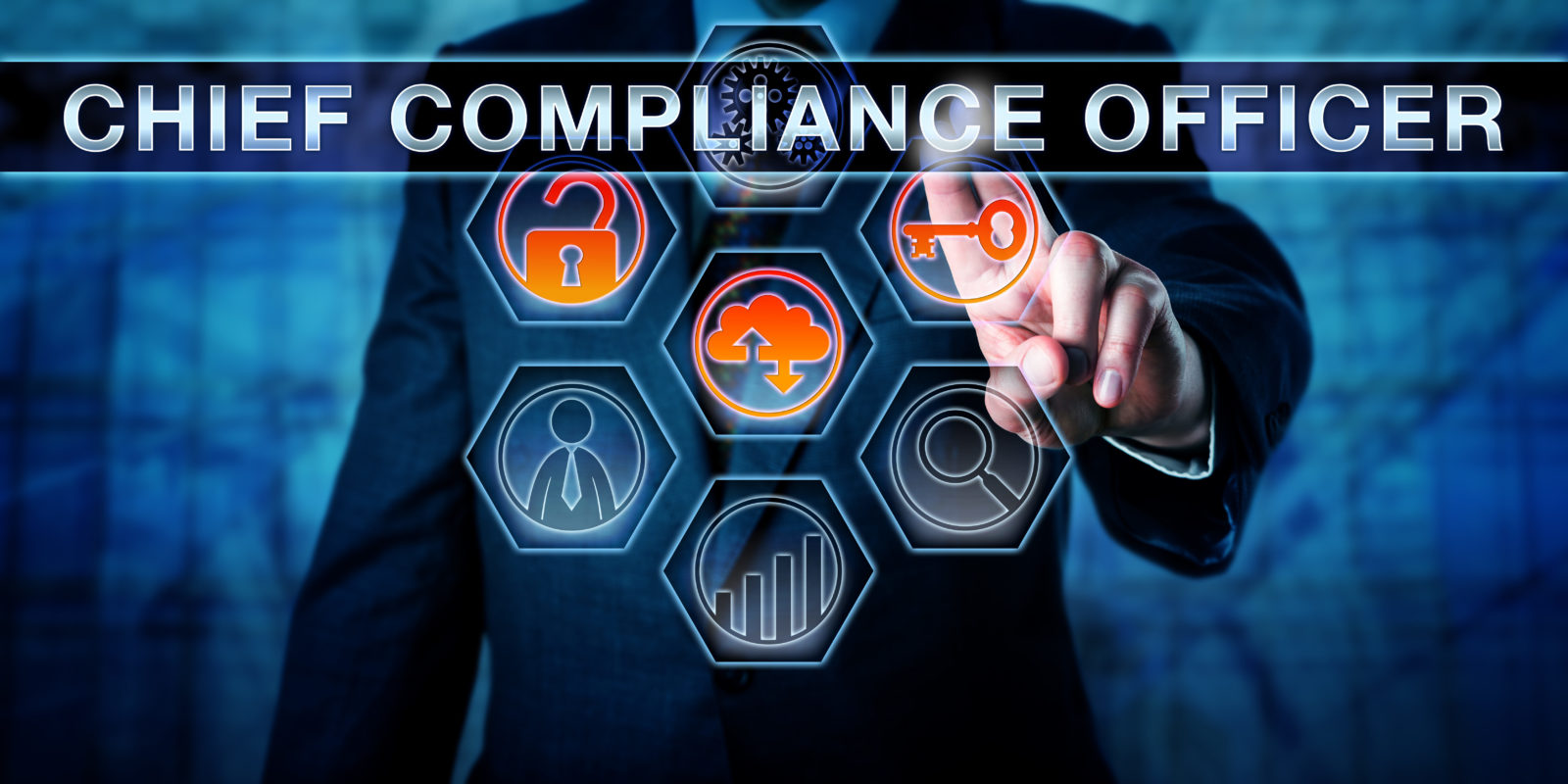
A good HR department is critical to maintaining a productive, organized workplace. Unfortunately, it’s easy to become lost in mounds of HR paperwork—especially when it comes to hiring new employees.
While there is debate over how long the employee onboarding process should take, one thing’s for certain—many organizations’ onboarding efforts are falling short. A recent survey revealed that only 47% of respondents believed their onboarding program was effective in retaining new hires. Not only is HR bogged down with tedious and time-consuming documentation, but the average cost of onboarding a new employee is $4,000.
4 Benefits of Digital Employee Onboarding
Digital employee onboarding allows organizations to automate offer letter creation, streamline required paperwork and optimize employee verification so that HR teams can focus on the more strategic elements of onboarding, like integrating new employees into the company culture. The benefits of such a system can help you save a significant amount of time and money.
1. Reduce Time
New employees need to fill out plenty of paperwork ranging from W-4 forms to payroll documents. And the process can be time-consuming. But, with digital employee onboarding, all of the necessary paperwork can be completed prior to a new employee’s first day in as little as 30 minutes.
Digital employee onboarding allows new employees to begin working sooner and become a productive part of the team faster. Information and training materials such as handbooks, manuals, and learning modules can be shared and dispersed quickly across the company, saving HR professionals time. In addition, I-9 verification is done automatically with digital systems, further reducing processing time for HR.
All of this time saving adds up to both employees and managers having more hours available to tackle critical tasks within the workplace.
2. Ensure Compliance
I-9 verification is imperative in today’s workforce, ensuring that individuals are eligible and legally authorized to work within the United States. I-9 verification is the employer’s responsibility and ensuring compliance can significantly reduce your risk of steep fines or a potential lawsuit.
Digital onboarding systems offer compliance controls that allow for easy monitoring and maintenance of employee files, which can help your business stay on top of new or changing regulations.
3. Breeze Through Audits
No one wants to be audited. Trying to track down key pieces of information can be a nightmare—especially when the office filing cabinet needs a serious clean-out. Investing in digital solutions means all of your information is stored in one centralized location.
Long gone are the days of searching through boxes of paperwork, sometimes with a small army of temps. Digital employee onboarding makes all of this key information secure and easy to access. By utilizing audit logs, you can view a clear history of who shared what and when. And secure sharing controls can be used to set access and permission levels, which keeps employee information protected at all times.
4. Keep Employees Engaged
41% of employers said that the lack of a structured onboarding system negatively impacted their organization. For some companies, this included lower productivity, greater inefficiencies, increased employee turnover and decreased employee morale and engagement.
But digitizing onboarding paperwork allows HR teams to focus more time on the things that matter—like making sure new hires are happy. This can take the form of organizing team building activities, spearheading ongoing training programs, and putting together plans for employee development and mentoring. All of these things help boost employee engagement immediately and keep team members satisfied over time.
Transform Your Employee Onboarding
When all of the grueling paperwork takes care of itself, HR can focus on what really matters—employee relationships and overall productivity.
Taking a digital approach can help streamline endless amounts of documentation, creating a more efficient, secure system. With fewer errors and greater regulatory compliance, this also helps companies save time and money, resulting in a positive ROI.
Andrea Palumbo has over 20 years of experience in the HR and Payroll industry as both an HRIS client and vendor. Her teams are responsible for implementing and maintaining critical HR technology, data and timely processing of payroll for over 1300 employees globally. Andrea’s in-depth knowledge of HR Technology and sensitive employee data allow her to convey the benefits of having a robust HRIS and data management systems working together side by side.




